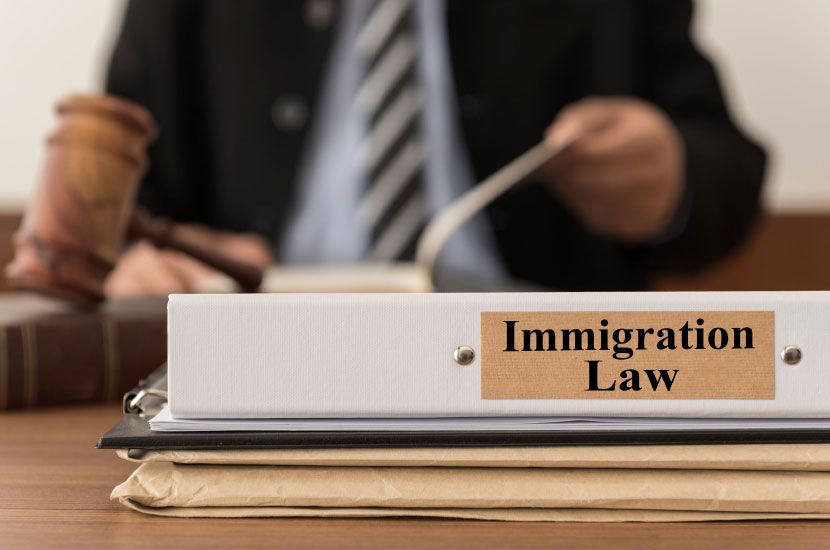Immigration bond hearings can feel like navigating a maze for those caught in the U.S. immigration system. They’re a critical step for many detained individuals hoping to secure temporary freedom while their cases are processed. As someone trying to make sense of this complex topic, I’ve broken it down into key points to help you understand what these hearings are, how they work, and why they matter. Let’s dive in with a clear, human lens on this often overwhelming process.
Table of Contents
What Is an Immigration Bond Hearing?
An immigration bond hearing is a legal proceeding where an immigration judge decides if a detained person can be released from custody by paying a bond. Think of it like bail in criminal court, but for immigration cases. When someone is detained by Immigration and Customs Enforcement (ICE), they may be eligible to request a bond hearing. The judge evaluates whether the individual poses a flight risk or a danger to the community. If approved, a bond amount is set, and upon payment, the person is released while their immigration case continues. It’s a lifeline for many, offering a chance to reunite with family and prepare their case outside detention.
Who Qualifies for a Bond Hearing?
Not everyone in immigration detention can request a bond hearing. Eligibility depends on the person’s legal status and circumstances. Generally, lawful permanent residents or those with pending immigration applications, like asylum seekers, may qualify. However, individuals with certain criminal convictions or those subject to mandatory detention (like recent border crossers) might not be eligible. The process starts with a request to an immigration judge, often with the help of an attorney. It’s worth noting that the system can feel arbitrary—some get hearings quickly, while others wait weeks, adding stress to an already tough situation.
The Hearing Process: What to Expect
Picture walking into a courtroom, nerves on edge, hoping for a fair shot. That’s the reality for many at a bond hearing. The detained person, their attorney (if they have one), and an ICE representative present their cases. The judge considers factors like community ties, employment history, and any criminal record. Evidence, like letters from family or proof of a stable job, can strengthen the case. The ICE attorney might argue against release, citing risks. If the judge grants bond, the amount—often thousands of dollars—must be paid in full or through a bond company. It’s a high-stakes moment that can hinge on preparation and presentation.
Why Immigration Bond Hearings Matter
These hearings are more than legal formalities; they’re about human lives. Detention can separate families, disrupt jobs, and take a mental toll. A bond hearing offers a chance to regain some normalcy, allowing people to live with loved ones and access better legal resources while awaiting their immigration case outcome. But the system isn’t perfect—high bond amounts and inconsistent rulings can feel unfair. For many, the hearing is a glimmer of hope, but it also underscores the broader challenges of an immigration system that often feels stacked against them.
In short, immigration bond hearings are a critical piece of a complex puzzle. They’re a chance for freedom, but they come with hurdles. Understanding the process can empower those navigating it and remind us of the human stories behind the legal jargon.
